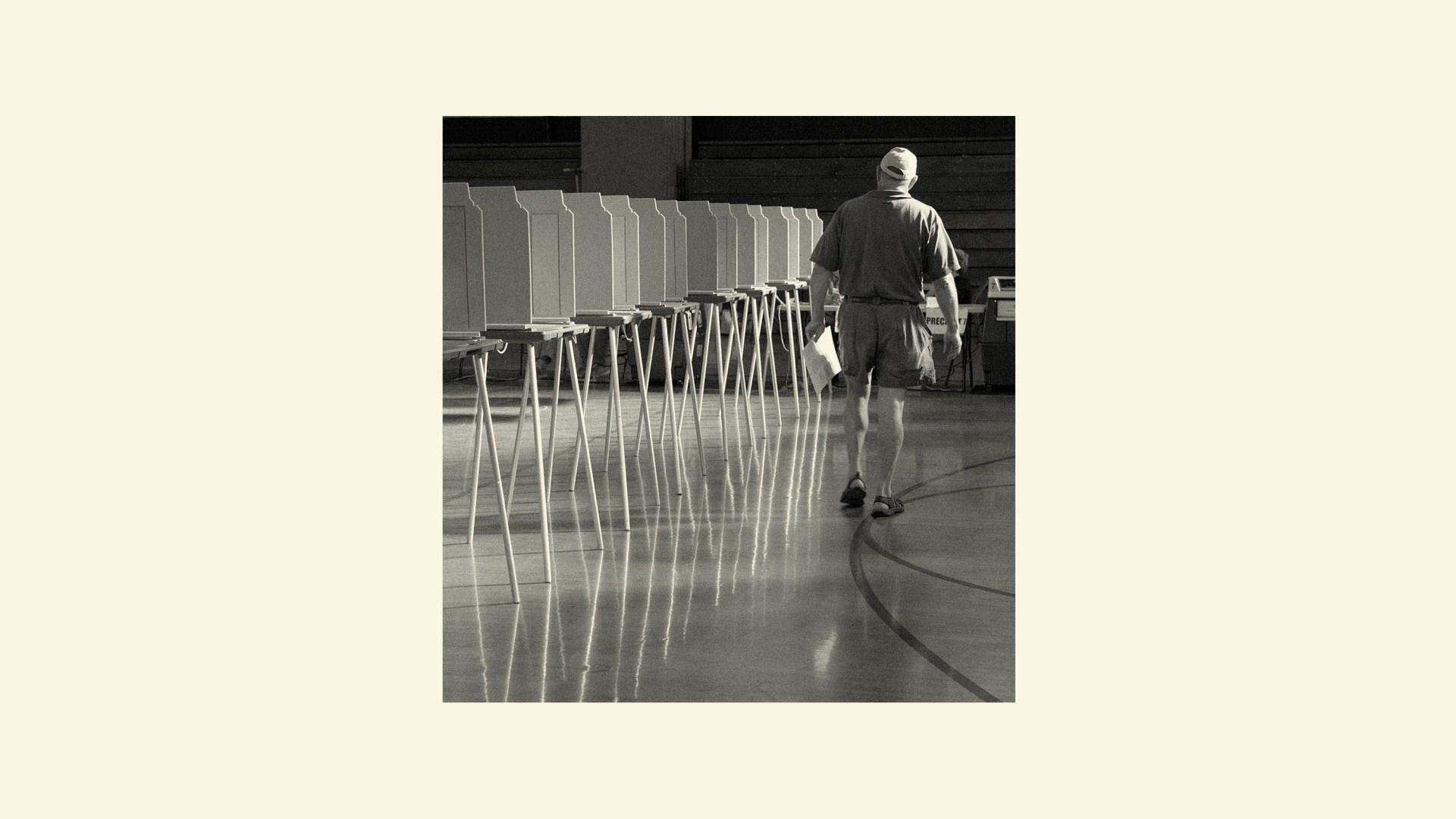Discovered ruins of a fourth-century church in Armenia are “sensational evidence” of the nation’s early Christian history, stated Achim Lichtenberger, the lead German archaeologist of a binational excavation effort with the local National Academy of Sciences. Carbon dating of wooden platforms may establish an octagonal structure as the oldest documented church in Armenia.
Tradition indicates that Armenia became the world’s first Christian nation in AD 301. The church design reflects features resembling similar building styles in ancient eastern Mediterranean civilizations, previously unknown in the Caucasus region. The ruins were found in Artaxata, once the capital of the Kingdom of Armenia, which means “the joy of truth” in the original Indo-Iranian language.
But Christina Maranci, an Armenian professor of art and architecture at Harvard University, said the joy of these discoveries is outweighed by alarm at the destruction of Armenian heritage sites in the neighboring country of Azerbaijan. The Muslim-majority nation initiated fighting that displaced its Armenian residents from a disputed region and is now accused of systematically removing the remaining evidence of their ethnic historical presence.
“This is their long-term plan,” she said. “The intent is to erase evidence of our existence, which they do not admit anyway.”
In a 44-day war with Armenia in 2020, Muslim-majority Azerbaijan reclaimed most of its internationally recognized territory in Nagorno-Karabakh, a mountainous enclave then populated by ethnic Armenians who had proclaimed themselves a breakaway republic they called Artsakh.
And last month marked the one-year anniversary of a lightning Azerbaijani offensive to capture the remaining pockets of land, which resulted in their near depopulation as 100,000 refugees fled to Armenia. Furthermore, beyond the geopolitical dispute and humanitarian crisis, critics see new evidence that Azerbaijan continues to demolish signs of the region’s historical Armenian presence.
Maranci is one of several academics employing scientific and technological advances to demonstrate claims of antiquity. Her expertise includes the study of spolia, remnants of ancient structures repurposed in modern construction.
As an example, Manci cited two monasteries from the 14th and 15th century that were destroyed—twice. In the 1950s, Soviet authorities leveled the structures and haphazardly incorporated the medieval stones into the building materials for two public schools. Children could daydream, Maranci said, while looking at randomly placed images of crosses, saints, and angels.
Until Azerbaijan bulldozed the schools to make way for new roads.
Though the spolia in the schools were clearly visible, Azerbaijani officials may have not bothered to notice them, as they removed outdated structures in favor of modern housing developments. Intentional or not, Maranci said the disregard for Armenia’s religious heritage fits into a wider pattern of cultural erasure.
Her work is referenced by Caucasus Heritage Watch (CHW), a Cornell and Purdue University initiative founded in 2020 that documents both Armenian and Azerbaijani historical sites. After the fall of the Soviet Union, a six-year war between the two nations resulted in Armenian control of Nagorno-Karabakh and its surrounding territory. Many Azerbaijani villages were looted and leveled.
Out of 63 mosques, CHW found that Armenians had destroyed 8 and inflicted major damage on another 31.
The accusation of Azerbaijani erasure, however, has not been limited to Nagorno-Karabakh. In a report released earlier this month, CHW used satellite imagery to confirm the destruction of 108 monasteries, churches, and cemeteries—98 percent of the sites the organization had located—in the noncontiguous Azerbaijani territory of Nakhchivan, which borders Turkey and Armenia.

CHW increased its geolocation of cultural heritage during Azerbaijan’s 2023 blockade of Nagorno-Karabakh, and then again following the Armenian exodus. With over 2,000 sites in its database, 436 are actively monitored at the time of writing.
In its first post-displacement report, CHW noted the destruction of the 19th-century St. John the Baptist Church, known locally as “Kanach Zham,” and an 18th-century cemetery. Four other sites were destroyed, with an additional nine newly threatened. This group includes two 13th-century churches, the only historic structures left standing in a village that was leveled to prepare for a new housing development.
“Azerbaijan knows it is being monitored,” Maranci said. “I don’t know what games are being played, but they are destroying centuries of history, faith, and identity. I wish it would stop.”
In 2021, the International Court of Justice warned Azerbaijan not to allow the destruction of cultural heritage. But three months later, the minister of culture announced a plan to remove Armenian inscriptions from churches, labeling them “forgery.” Azerbaijan follows an internationally discredited theory that claims most of these structures belonged originally to an ancient Christian people called Caucasian Albanians.
The evangelical minority in Azerbaijan pays little attention to the claims and counterclaims regarding Armenian heritage sites.
“The issue of cultural heritage is not something we think about,” said one church leader, granted anonymity to speak freely on a sensitive topic. “But the government’s development of this area is legitimate.”
Azerbaijan is rated “not free” in Freedom House’s annual survey of political rights. And for the first time, the US State Department included Azerbaijan in its most recent designation of violators of religious freedom.
The church leader stated that most Azerbaijani evangelicals come from a Muslim background and are not actively persecuted by the state. But their churches tend to be far from Nagorno-Karabakh and prioritize local witness and social acceptance.
This leader said his own church has already engaged in evangelism among the few Azerbaijanis within the reclaimed lands. He found the development work taking place impressive and professional, acknowledging that progress thus far is only a small part of what is planned. Left fallow for decades, the regions bordering Nagorno-Karabakh acted as a buffer zone and were treated by Armenians as a negotiating pawn while they sought local self-rule.
The Azerbaijani government designated the region as a “green energy zone,” and is now facilitating the voluntary return of citizens displaced 30 years ago. Critics have stated the construction contracts are awarded to figures with close ties to the president’s family.
Yet despite his positive assessment of state land development, the evangelical leader said that the destruction of area churches is likely even greater than what groups like CHW are documenting. He said the church buildings should be given instead to “living churches” like his own so that spiritual life can continue therein.
Unless Azerbaijan concludes a peace treaty that would facilitate the return of Armenian refugees, he said. Then these churches, including the downtown cathedral in the capital city of Baku, could be restored to the historic Armenian Orthodox church.
Peace negotiations have been an on-again, off-again process. In hopes of improving the prospects for peace, last December Armenia dropped its bid to host this year’s COP29 global environmental summit and backed Azerbaijan’s successful candidacy, thereby securing the release of 30 prisoners of war. (COP29 will take place in Baku on November 11–22.) In July, Azerbaijan stated that 90 percent of a proposed peace treaty text had been agreed upon. And in August, it dropped its demand for a land corridor through Armenia to connect Nakhchivan with the main part of the country.
Azerbaijan is insisting that Armenia adopt constitutional language forswearing any claim on Nagorno-Karabakh—a domestically polarizing issue. But while Armenia expressed hope that a peace treaty could be finalized before the start of COP29, Azerbaijan countered that the current Armenian proposal was “unrealistic.”
Aren Deyirmenjian, Armenia representative for the evangelical Armenian Missionary Association of America, said he believes his government has made it clear that Armenia has no claim on Artsakh. It has offered paths toward peace, which Azerbaijan has rejected. He wonders what more they can want.
But he acknowledged the source of their popular anti-Armenian sentiment.
“I have heard terrible stories about Armenians doing very similar things to what Azerbaijan is doing now,” said Deyirmenjian. “Somehow, that makes you understand why there is so much hatred in the Azeris’ hearts.”
However difficult, apologizing is the Armenian “biblical duty,” he said. It should then be reciprocated, which may seem highly unlikely. Yet if Armenia is indeed the world’s first Christian nation, its actions must be different from those of the Azerbaijani enemy. Apologies would demonstrate the humility, he said, that is essential for eventual reconciliation.
Until then, evangelical hearts are pained by the cultural destruction.
“There is clear intent to erase our heritage,” Deyirmenjian said. “While the world is busy, Azerbaijan wants to get rid of all evidence that Armenians are native to these lands.”






































































